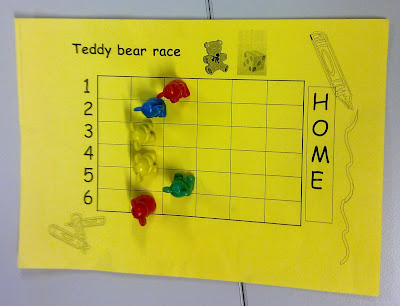Hello and good day mate! How are you today? I wishing you all the best and may God bless us all. Okay, for this week entry I would talk about my school experiences in relation to learning computation.
As far as I can remember, I never had encounter any experiences in relation to learning computation during my school visits, either back at Malaysia or in here. Therefore, I will try my best to remember and relocate my memories during my previous education in primary school. First and foremost, there is lack of learning computation back in my old school as my Mathematics teacher does not give more emphasize regarding this concept. The learning is focusing on the traditional ways which is by using " 'borrow-and-pay-back method' or formal vertical algorithm"(Bobis, Mulligan & Lowrie 2008, 14). Since this method has being introduced at the early stage in Mathematics, I find that it is easy to solve any Mathematical problems especially in addition, subtraction, multiplication and division. However, there is disadvantage in applying the method towards children's thinking and mental development. As the result, they would have difficulties to do the mental computation by themselves. That what I has experience during my Mathematics class in this semester.
After attending the workshop, I realise there is a room of improvement that can be done back in Malaysia. There are heaps of methods and strategies that teacher can choose to promote and develop children's mental computation. One of my favourites is by using the hundred chart ( 99 chart). This chart is interesting and fun to play with. Furthermore, children are able to 'see' the process of adding and subtracting by moving the indicator; for example, button, on the chart. Besides, I find that it is easy to be used!
 |
| Hundred chart |
 |
| 99 chart. |
Home




















